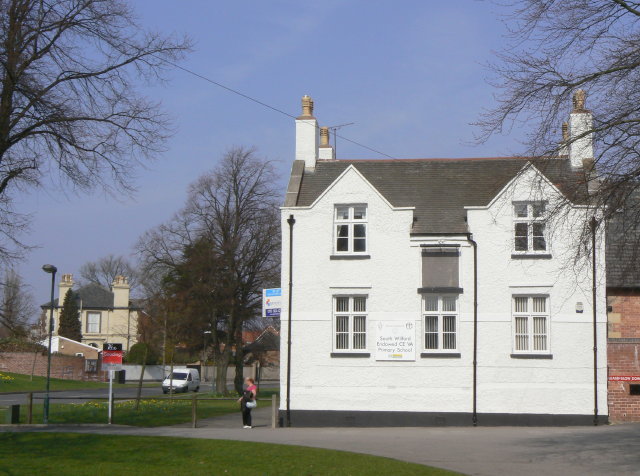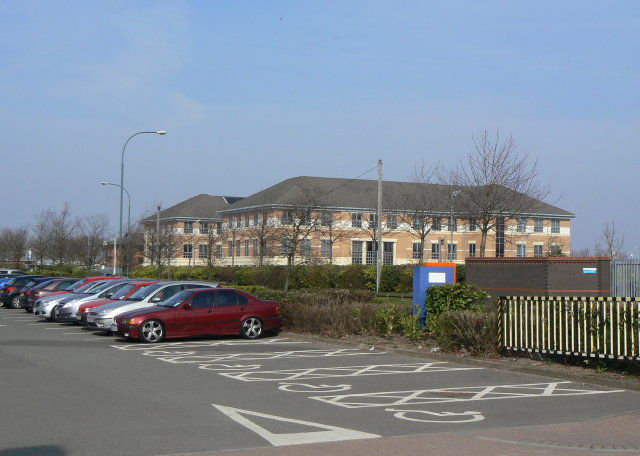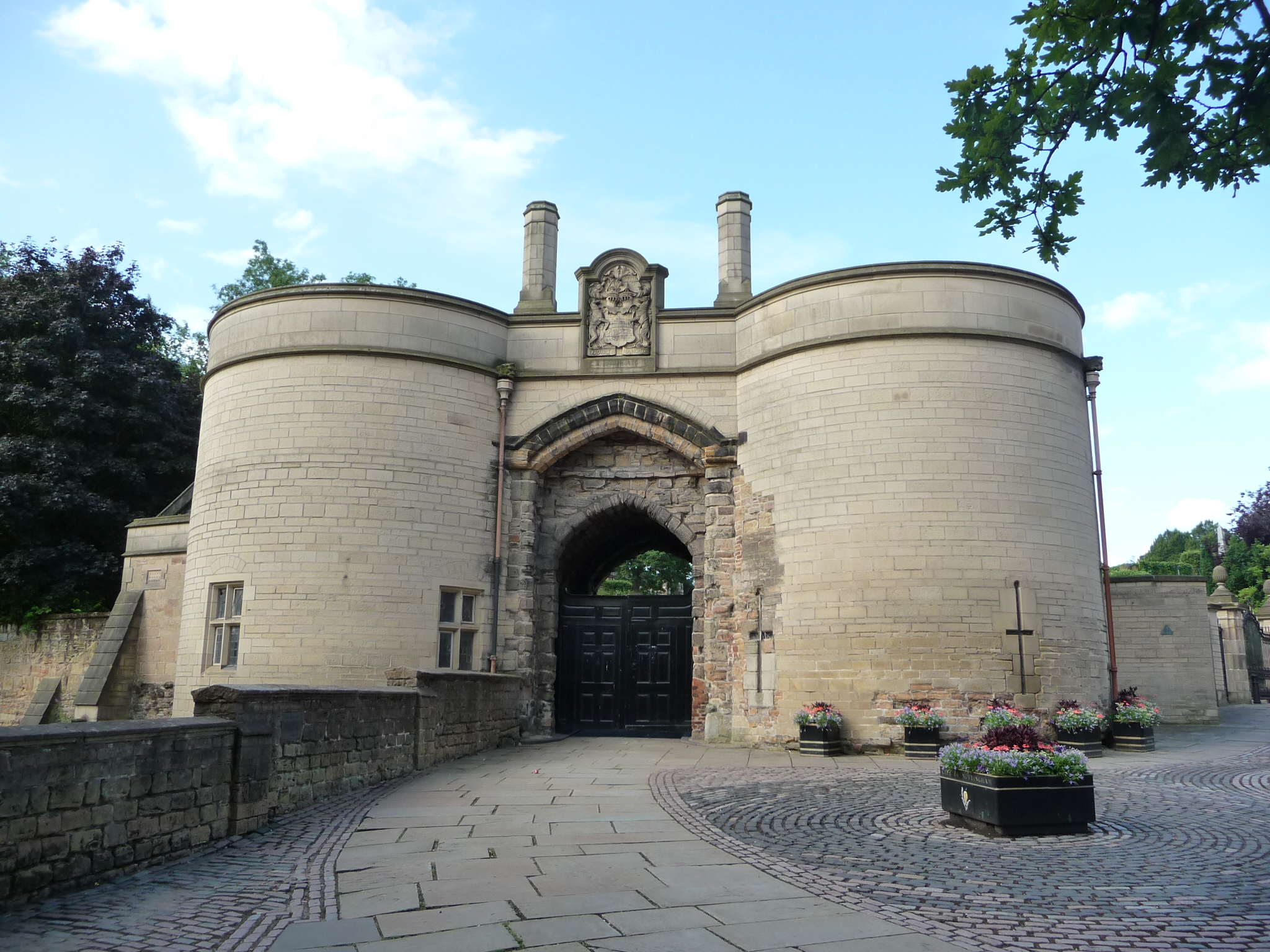|
Wilford
Wilford is a village and former civil parish in the Nottingham district in the ceremonial county of Nottinghamshire, England. The village is to the northeast of Clifton, Nottinghamshire, Clifton, southwest of West Bridgford, northwest of Ruddington and southwest of Nottingham city centre. It is at a meander of the River Trent. History Civil parish In 1891 the parish had a population of 2769. In 1894 the parish was abolished and split to form North Wilford and South Wilford. Early settlements Remains of a paved Roman ford, bordered by oak posts, were found in the Trent at Wilford in 1900. The settlement is named as ''Willesforde'' in Domesday Book, owned by William Pevrel of Nottingham Castle, who also owned the lands of nearby Clifton, Nottinghamshire, Clifton. It had a fishery, a priest and 23 Soke (legal), sokemen. The land passed to the Clifton family in the 13th Century. Development Wilford retained its identity as a village until the later 19th century. Surrou ... [...More Info...] [...Related Items...] OR: [Wikipedia] [Google] [Baidu] |
St Wilfrid's Church, Wilford
St Wilfrid's Church, Wilford is a Grade II* listed parish church in the Church of England in Wilford, Nottinghamshire, England. History The church dates from the late 14th century. It is considered to have been founded by Gervase de Wilford around 1361. The porch, nave and chancel arch are original with the tower and chancel built in the 1400s. The graveyard includes graves dating from the 1300s. Fragments of walling at the east end of the nave are considered to be relics of the pre-conquest church. The church features a wide variety of locally quarried stone from locations including Gedling, Castle Donington, Trowell and Bulwell. The stonework was heavily dirtied by the now-demolished Wilford Power Station across the river. There are medieval Mass Clocks or etched sundials, used to provide timings for gatherers. A pig-like carving on the ridge of the south roof is thought to be over 900 years old. The nave was re-roofed in 1935, and the chancel in 1960. The Church is Grade ... [...More Info...] [...Related Items...] OR: [Wikipedia] [Google] [Baidu] |
West Bridgford
West Bridgford () is a town and the administrative centre of the Borough of Rushcliffe, in the county of Nottinghamshire, England. It lies south of Nottingham city centre, east of Wilford, north of Ruddington and west of Radcliffe-on-Trent; it is also south-west of Colwick and south-east of Beeston, which are on the opposite bank of the River Trent. The town is part of the Nottingham Urban Area and had a population of 36,487 in the 2021 Census. History West Bridgford was founded between 919 and 924, when defences and houses were built at the south end of Trent Bridge. It was established by Edward the Elder to protect Nottingham and the surrounding area against incursions from Danes in the North of England. A survey during Edward's reign indicates that the population at this time was 192 people, 19 of whom were farmers. Some main roads in central West Bridgford are named after wealthy families that dominated its early history. The roads in the Gamston development have ... [...More Info...] [...Related Items...] OR: [Wikipedia] [Google] [Baidu] |
Clifton, Nottinghamshire
Clifton is a suburb and historic manor in the city of Nottingham, in Nottinghamshire, England. As of the 2021 census, it had a population of 22,936. Clifton has two council wards in the City of Nottingham (Clifton West and Clifton East as of 2018) with a total population taken at the 2011 census (prior wards of Clifton North and Clifton South) of 26,835. The location also encompasses Clifton Grove and Clifton Village, a residential area set alongside the River Trent. The Manor of Clifton was for many centuries the seat of the ''de Clifton'' (later ''Clifton'') family, branches of which were in the 17th century created Baron Clifton of Leighton Bromswold (1608) and Clifton baronets (1611). It is now the site of a council estate. The village is also notable for many old buildings including Clifton Hall, which is the former seat of the Clifton family, and St. Mary's Church. Clifton is also home to the Nottingham Trent University Clifton Campus. History The manor of Cl ... [...More Info...] [...Related Items...] OR: [Wikipedia] [Google] [Baidu] |
Wilford Power Station
Wilford power station was a coal-fired electricity generating station situated on the north bank of the River Trent, at Nottingham in the East Midlands. It was also known as North Wilford power station and Nottingham power station History Nottingham Corporation obtained a provisional order from the Board of Trade, the to generate and supply electricity which was first supplied in September 1894. In 1897 the plant had a generating capacity of 957 kW and the maximum load was 580 kW. A total of 480.381 MWh of electricity was sold to 482 customers which powered 38,000 lamps plus 9 public lamps. This provided an income to the corporation of £10,740-13-2. By 1923 Nottingham Corporation operated three electricity generating stations: * Talbot Street, with an electrical rating of 4,106 kW, * Eastcroft (refuse) destructor, electrical rating 441 kW, * St. Anne's, electrical rating 6,040 kW. In addition the partly built Wilford power station had two 2,000&nbs ... [...More Info...] [...Related Items...] OR: [Wikipedia] [Google] [Baidu] |
Silverdale, Nottingham
Silverdale Estate is a place in Nottingham, England. History Constructed by George Wimpey in the late 1950s on land from the former Wilwell Farm. Bounded by the Clifton Estate, Fairham Brook, Compton Acres (formerly the Wilford Brick Works), Wilford and Ruddington Village. The land was originally Wilwell Farm, part of the civil parish of South Wilford, part of the Parish of St Wilfrid's. George Wimpey initially wanted to continue the massive house building exercise it began in Clifton, but was required to wait until NCC agreed to its construction and ultimately granted permission to commence. Not initially known as 'Silverdale' it was the Ruddington Lane Estate until, in 1965, the Wimpy Estate and the local Community Association were renamed Silverdale owing to 'Silverdale Farm', another name for the part of Wilwell Farm. Constructed as a private estate unlike Clifton to its east more than 450 brick dwellings were built over a three-year period. Built with only one ... [...More Info...] [...Related Items...] OR: [Wikipedia] [Google] [Baidu] |
Ruddington
Ruddington () is a large village in the Borough of Rushcliffe in Nottinghamshire, England. The village is south of Nottingham and northwest of Loughborough. It had a population of 6,441 at the United Kingdom census, 2001, 2001 Census, increasing to 7,216 at the United Kingdom census, 2011, 2011 Census and 7,674 in 2021 United Kingdom census, 2021. Ruddington is Twinned cities, twinned with Grenay, Pas-de-Calais, Grenay, France. The village residents have previously conducted high-profile campaigns in an attempt to retain the rural identity as a village and prevent it being subsumed into the adjoining suburban village of Clifton, Nottinghamshire, Clifton and town of West Bridgford. It maintains this through a variety of local amenities such as several shops, schools, public houses, community centre, village hall and churches within the village centre. Settlements There are two urban areas, and a former village within the Civil parish, parish borders. These areas are considered ... [...More Info...] [...Related Items...] OR: [Wikipedia] [Google] [Baidu] |
River Trent
The Trent is the third Longest rivers of the United Kingdom, longest river in the United Kingdom. Its Source (river or stream), source is in Staffordshire, on the southern edge of Biddulph Moor. It flows through and drains the North Midlands into the Humber Estuary. The river is known for dramatic flooding after storms and spring snowmelt, which in the past often caused the river to change course. The river passes through Stoke-on-Trent, Stone, Staffordshire, Rugeley, Burton-upon-Trent and Nottingham before joining the River Ouse, Yorkshire at Trent Falls to form the Humber Estuary, which empties into the North Sea between Kingston upon Hull in Yorkshire and Immingham in Lincolnshire. The wide Humber estuary has often been described as the boundary between the Midlands and the north of England. Name The name "Trent" is possibly from a Romano-British word meaning "strongly flooding". More specifically, the name may be a contraction of two Romano-British words, ''tros'' ("over" ... [...More Info...] [...Related Items...] OR: [Wikipedia] [Google] [Baidu] |
South Wilford
South Wilford was a civil parish in Nottinghamshire, England from 1894 to 1935. It was formed under the Local Government Act 1894 from the parts of the parishes of Wilford and Lenton which were not part of the county borough of Nottingham. It formed part of the Basford Rural District. On 1 April 1935, under a County Review Order, the parish was abolished and merged with West Bridgford and became part of the West Bridgford Urban District. In 1931 the parish had a population of 1097. The part of the parish west of the railway line Rail transport (also known as train transport) is a means of transport using wheeled vehicles running in tracks, which usually consist of two parallel steel rails. Rail transport is one of the two primary means of land transport, next to road ... was added to the city of Nottingham in 1952. References Former civil parishes in Nottinghamshire Nottingham Rushcliffe {{Nottinghamshire-geo-stub ... [...More Info...] [...Related Items...] OR: [Wikipedia] [Google] [Baidu] |
Nottingham
Nottingham ( , East Midlands English, locally ) is a City status in the United Kingdom, city and Unitary authorities of England, unitary authority area in Nottinghamshire, East Midlands, England. It is located south-east of Sheffield and north-east of Birmingham. Nottingham is the legendary home of Robin Hood and to the lace-making, bicycle and Smoking in the United Kingdom, tobacco industries. The city is also the county town of Nottinghamshire and the settlement was granted its city charter in 1897, as part of Queen Victoria's Diamond Jubilee celebrations. In the 2021 United Kingdom census, 2021 Census, Nottingham had a reported population of 323,632. The wider conurbation, which includes many of the city's suburbs, has a population of 768,638. It is the largest urban area in the East Midlands and the second-largest in the Midlands. Its Functional Urban Area, the largest in the East Midlands, has a population of 919,484. The population of the Nottingham/Derby metropolitan a ... [...More Info...] [...Related Items...] OR: [Wikipedia] [Google] [Baidu] |







